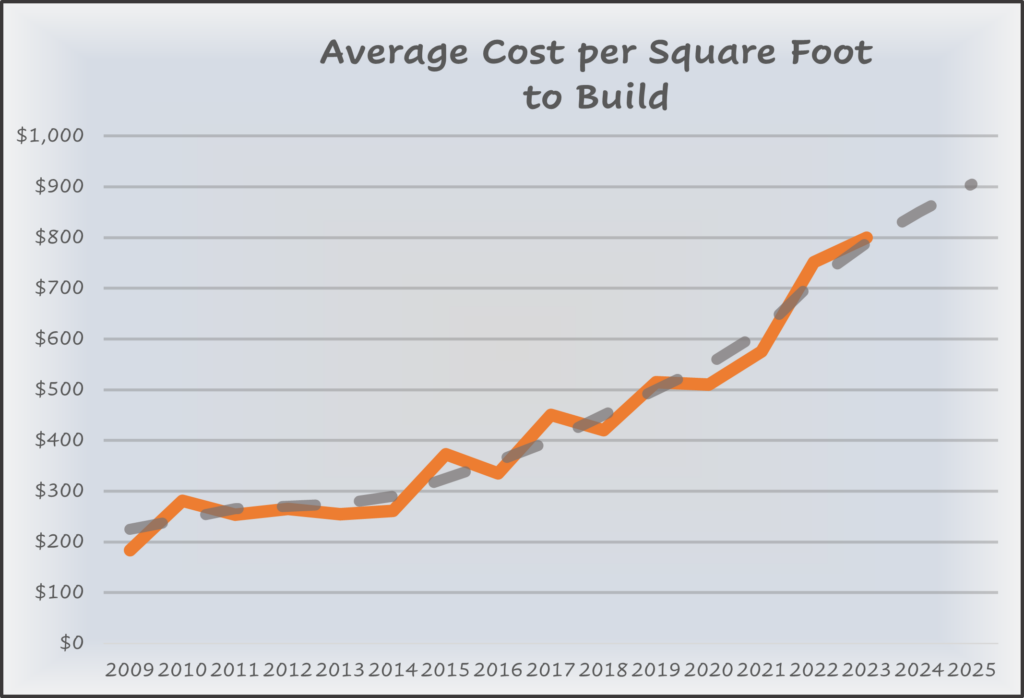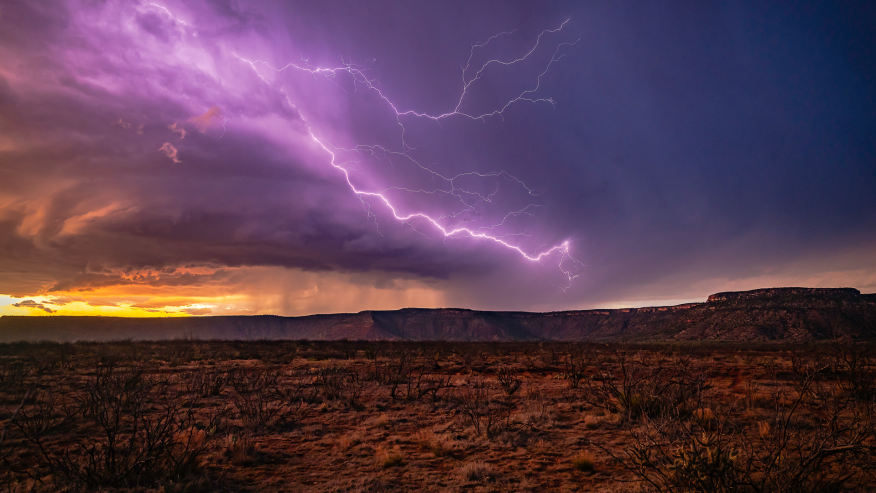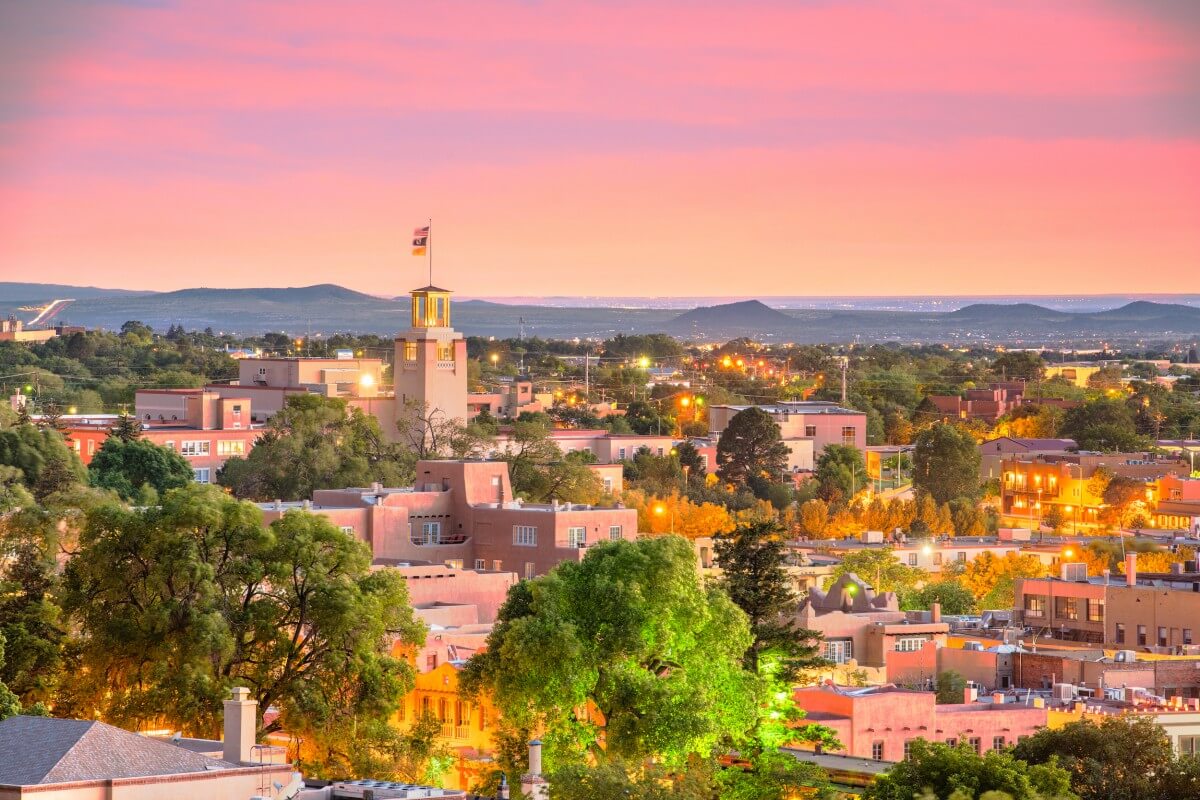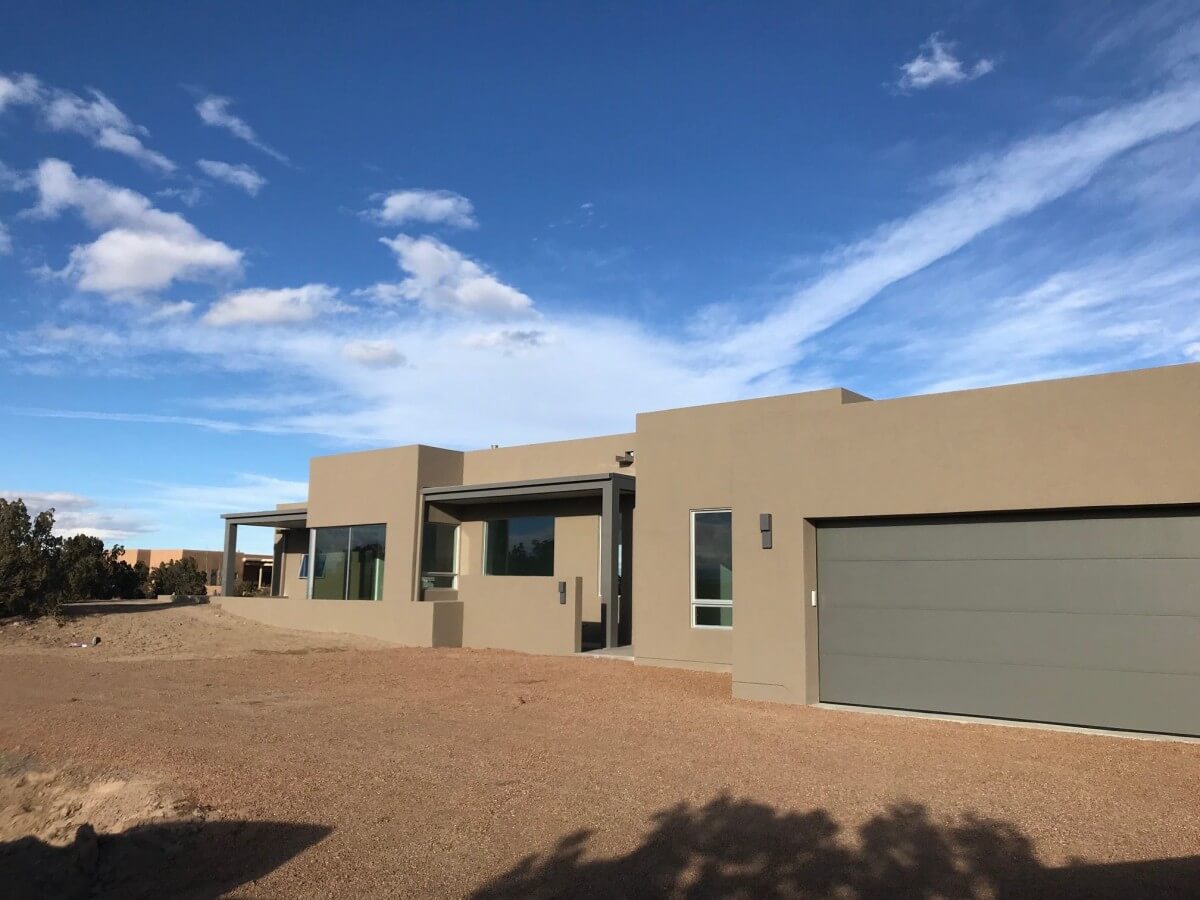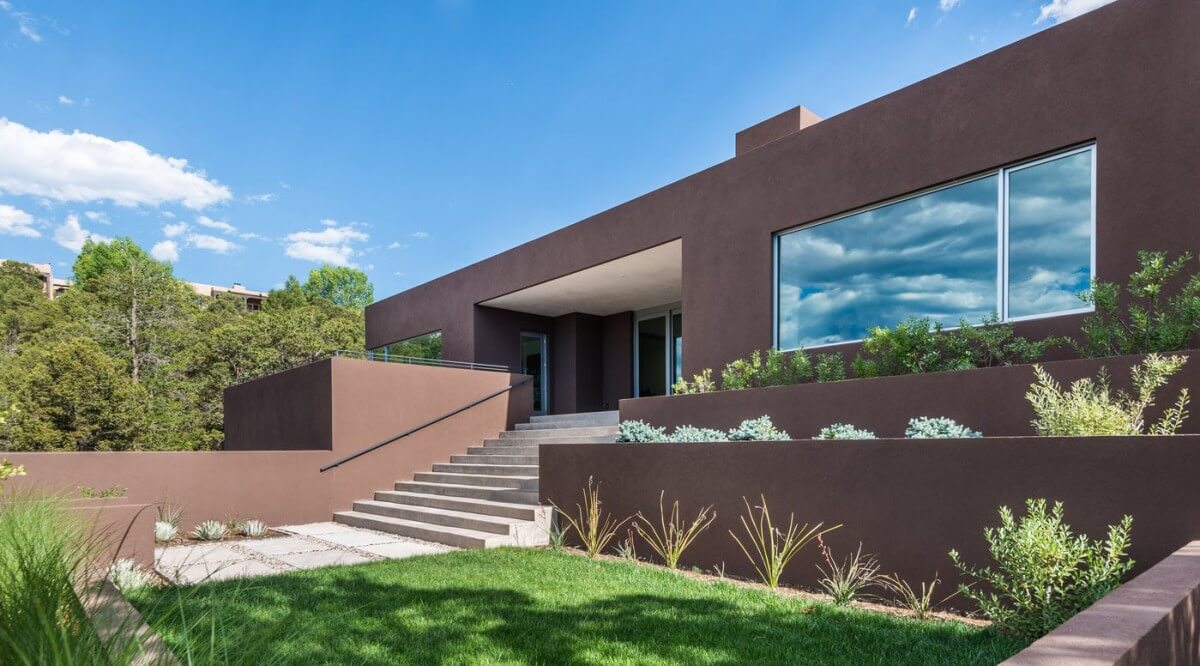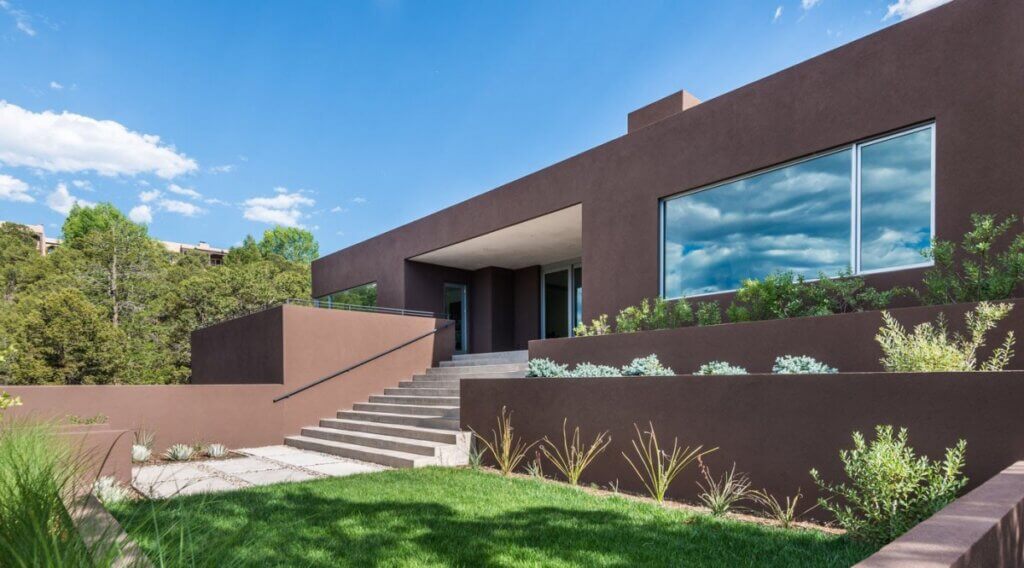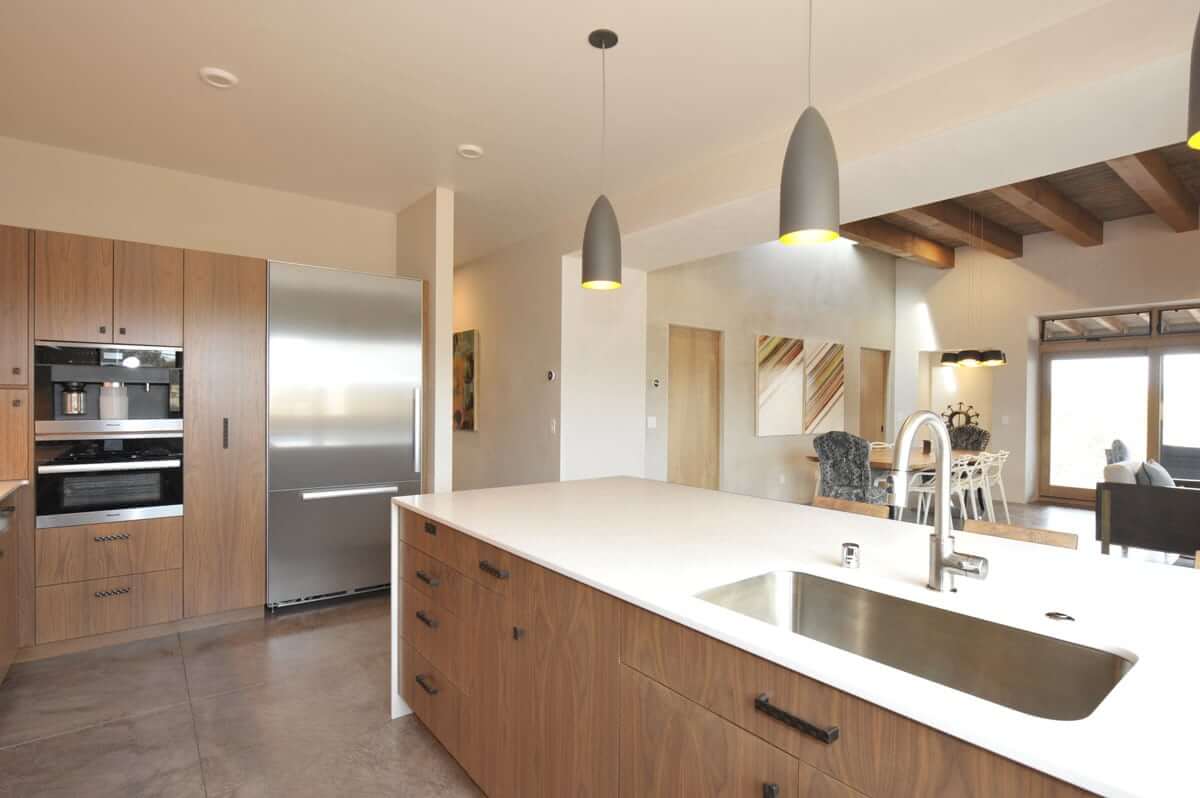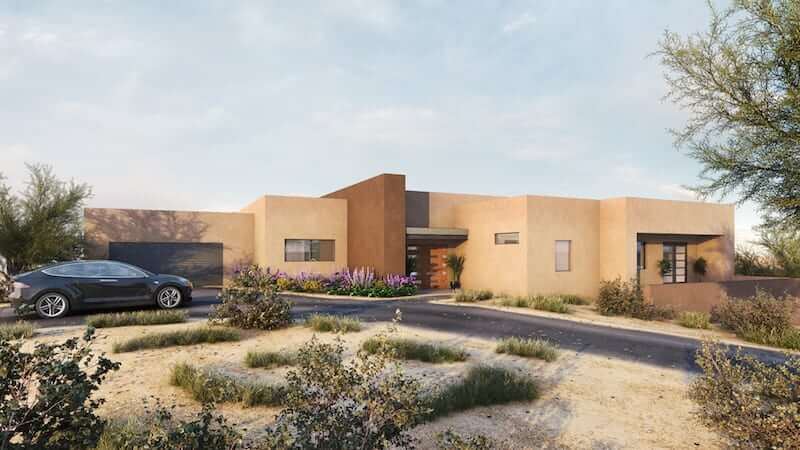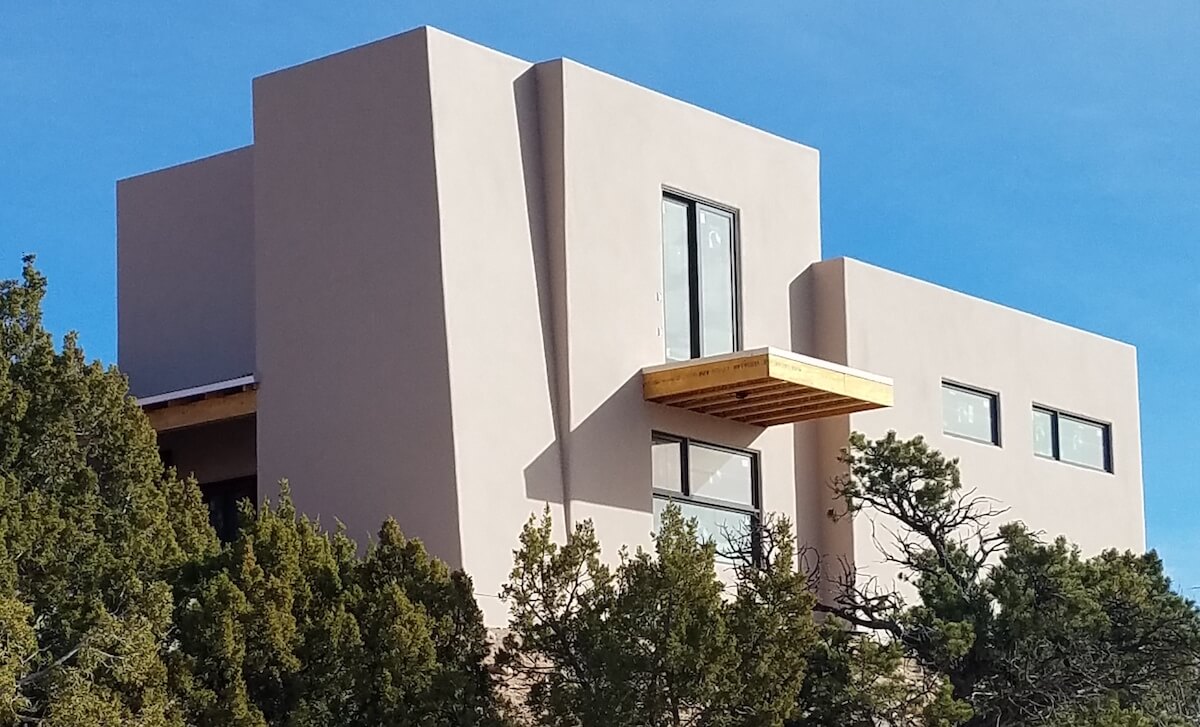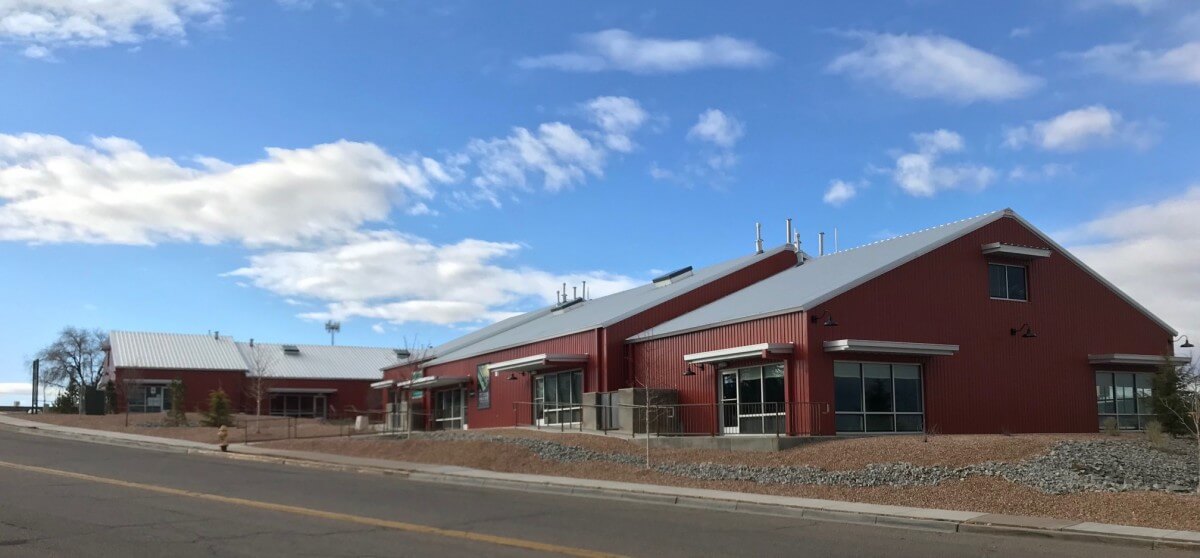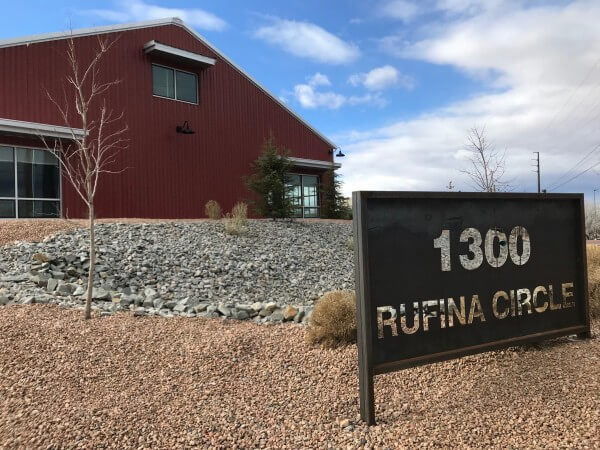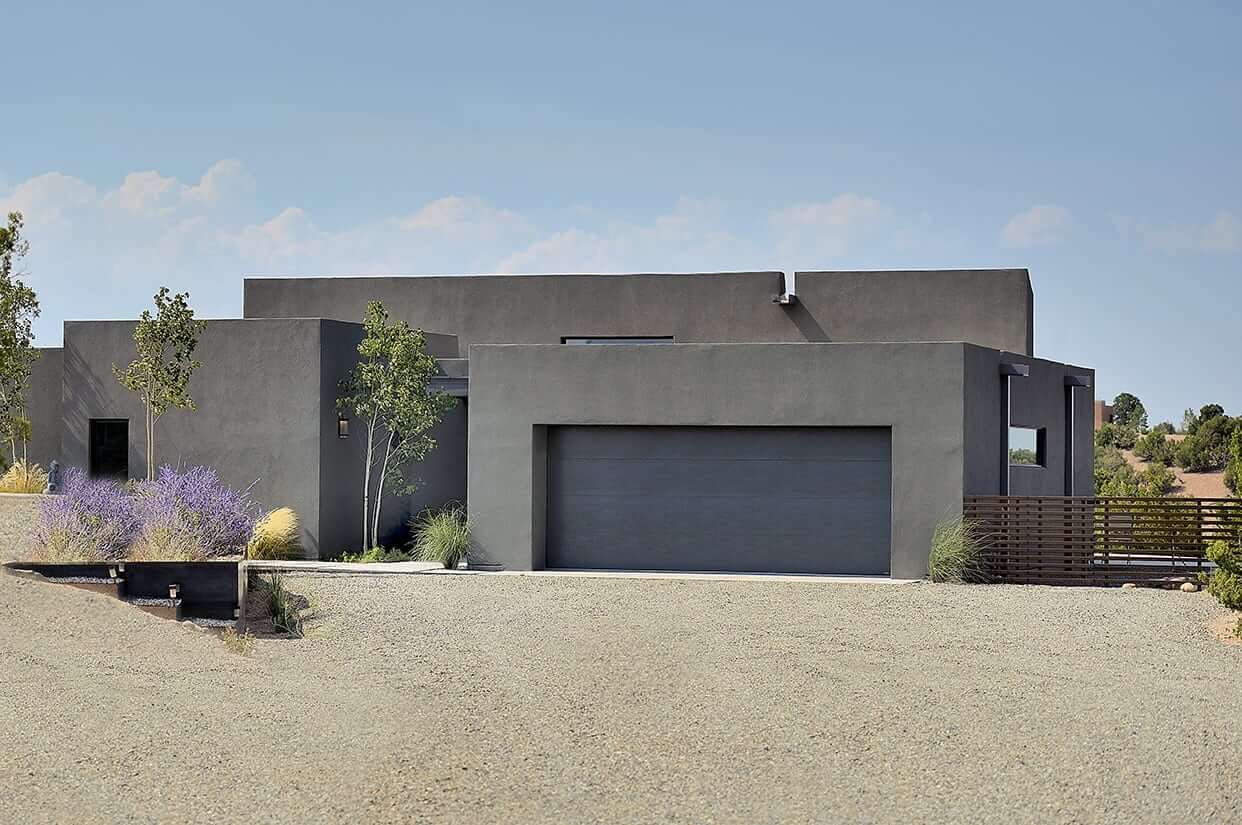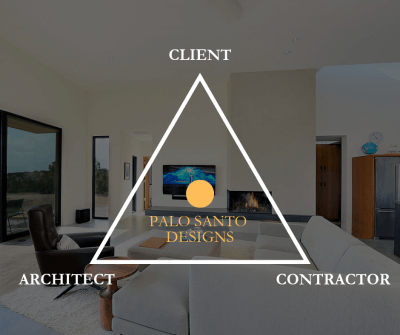So, how much does it cost to build in Santa Fe?
Well, that is the million-dollar question. Actually, it’s more like a 2-3 million dollar question for most people looking to build a custom home in Santa Fe. In fact, I get several emails a week asking, “How much does it cost to build in Santa Fe?” And it’s always a nuanced answer, because there are so many variables associated with determining that price point.
The Most Common Factors
These include among other things, the existing soils and topography of your chosen building lot, the proximity the building site has to existing utilities, the length of the drive from existing roads to the building site and of course, the design characteristics of your one-of-a-kind hand-crafted custom dream home. These variables have been constant in their influence over the cost to build forever. And once we are able to assess your building site, we can often make some predictions about how much these factors may influence the final construction cost.
The Time Factor
But there is another factor which historically wasn’t as influential as it is now, and that is the factor of time. Einstein realized that time was relative, and Newton was missing the point when he said time was constant. And although Newtonian physics seems the order of the day when it comes to something as material as building a custom home from scratch, Einsteinian relativity may now be worth considering. Time and construction costs are in fact relative, and time plays a much greater role in the final construction costs than ever before. What do I mean, you may ask?
The Data
We recently did a thorough analysis of our custom home construction costs dating back over the last 15 years. The graph above shows our actual cost data for completed custom home construction projects depicted by the solid orange line. The dashed gray line represents an average trend and incorporates a projection beyond 2023 based on our expectations. What the data shows is that, yes, construction costs have increased in the last decade. I think we all knew that. But more interesting was the rate of increase over time.
Throughout the 2010’s construction costs were somewhat stable with a relatively predictable 5%-10% per year increase. And this ramped up from 2015-2019. Average costs per square foot slowly increased from roughly $200 per square foot in 2010 to just under $500 per square foot over the course of that decade. This relatively stable rate of cost increase made it pretty easy to predict the general cost per square foot of a custom home from year to year. Then COVID hit!
An Accelerating Trend
What we saw was a massive disruption to the supply chain and labor market at the same time. Yes, we all have heard about inflation. It’s been in the headlines for years, but what most people don’t consider is that inflation affects different parts of the economy in different ways, and at different rates. And it also affects different local markets in non-homogeneous ways.
For custom home construction in Santa Fe, the previously predictable annual cost increase quickly changed. And we began seeing increases across all sectors of the construction market, concrete, steel, lumber, and labor. This amounted to annual cost increases of greater than 20% between 2020-2023. For this reason, we have seen the cost of custom home construction rapidly move from +/- $500 per square foot in 2020 to well over $700 per square foot in just a few years. And in some instances, we are seeing prices above $900/sf for highly complicated or specialized home designs on challenging lots.
Our Design-Build Approach
At Palo Santo Designs, we recognize our customers rely on us to be as accurate as possible in our pre-design budget forecasting. It is one of the main benefits of our Design-Build approach. The integration of real-time construction cost knowledge within our integrated architecture team allows Palo Santo Designs to be very efficient in the value engineering of custom homes.
Until recently, our predictive models were somewhat static, assuming the cost of construction at the time design commences would be +/- within 5%-10% of what they would be a year later when groundbreaking actually happens. Now our Updated Pre-Design Budget Exercise has built into it a time factor. That is, what we can assume for construction costs at the time design begins is factored up according to when you anticipate breaking ground. That way, we can take into account the accelerated cost trend currently being seen in the market. This allows us to better assist our clients in being financially prepared for the likely construction costs to come. Also, our integrated Design-Build approach can also reduce the amount of time to commencement of construction. This further optimizes your dollars by staying ahead of growing costs as much as possible.
Optimizing Value
It is also important to understand that contractors have very limited control over the costs of construction. That may sound counter-intuitive, but general contractors are the orchestral conductors of the varied resources needed to build custom homes. Labor, lumber, windows, or concrete are all externally priced by market forces outside of the contractor’s influence. Our team of architects and builders are focused on providing our clients with the most realistic cost modelling possible. We do this by working closely with our trade partners and vendors to optimize value. And whether you are looking to build at the $1.5 million or the $15 million dollar price point, we will always take great effort to deliver as much bang for your buck as possible.
Find Out More
Email me [email protected] to receive a free consultation about your project and a copy of our Updated Pre-Design Budget Exercise. We can guide you through the steps to realize your dream. Your one-of-a-kind hand crafted custom home in Santa Fe with Palo Santo Designs.




